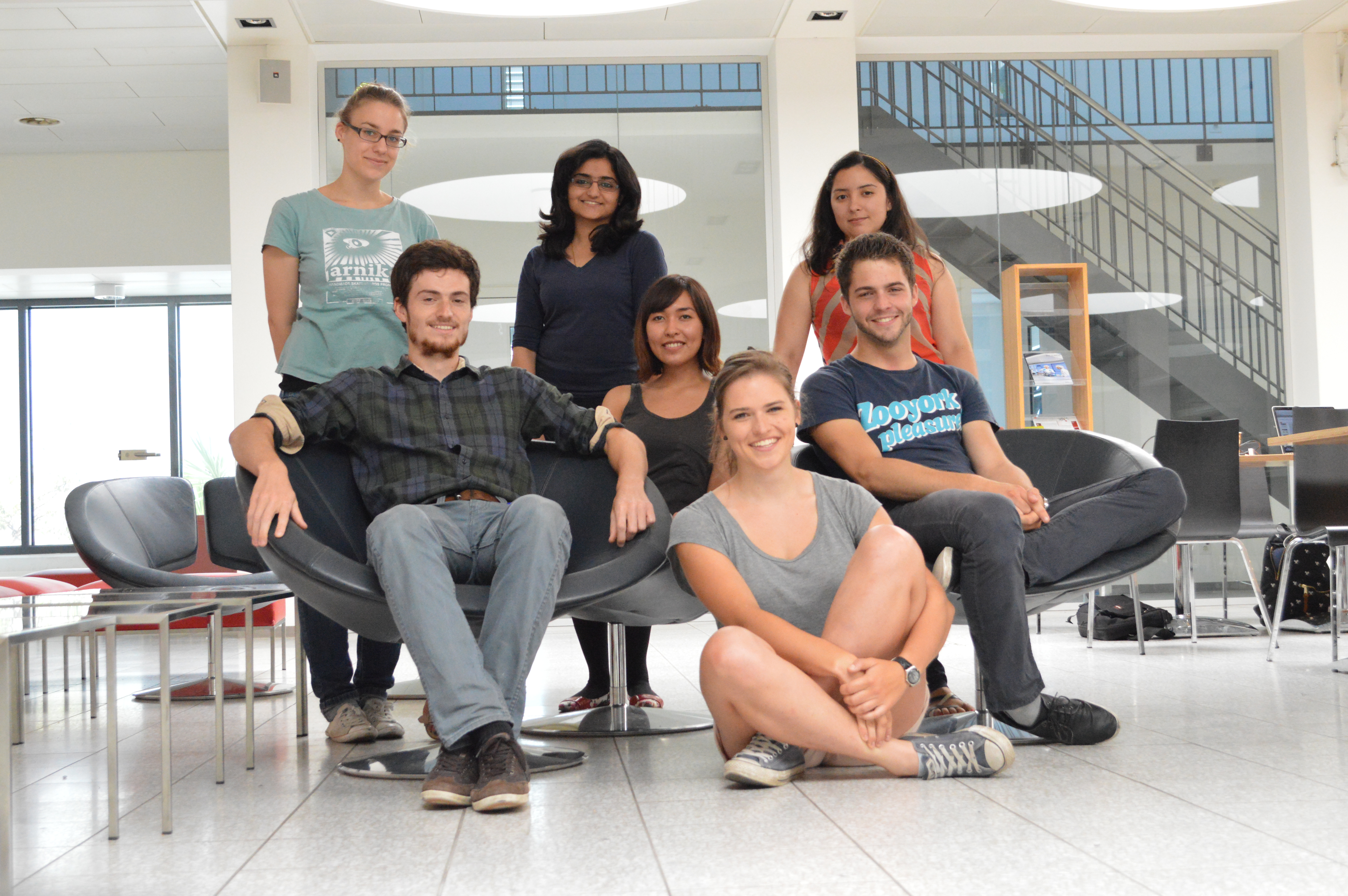Team:ETH Zurich/Templates/Test3
From 2013.igem.org
| Line 83: | Line 83: | ||
</div> | </div> | ||
<script type="text/javascript"> | <script type="text/javascript"> | ||
| + | |||
| + | function onWindowResize() | ||
| + | { | ||
| + | var curWidth = $(window).width(), | ||
| + | curHeight = $(window).height(), | ||
| + | checking=false; | ||
| + | if (checking) { | ||
| + | return; | ||
| + | } | ||
| + | checking = true; | ||
| + | window.setTimeout( | ||
| + | function() { | ||
| + | var newWidth = $(window).width(), | ||
| + | newHeight = $(window).height(); | ||
| + | if (newWidth === curWidth && | ||
| + | newHeight === curHeight) { | ||
| + | resize(); | ||
| + | } | ||
| + | checking=false; | ||
| + | }, 300); | ||
| + | } | ||
function resize() { | function resize() { | ||
| Line 89: | Line 110: | ||
var imgHeight = image.height(); | var imgHeight = image.height(); | ||
// alert(imgHeight + " - " + imgWidth); | // alert(imgHeight + " - " + imgWidth); | ||
| - | $('#imagemap').mapster('resize',imgWidth ,imgHeight ,0); | + | $('#imagemap, #imagemap2').mapster('resize',imgWidth ,imgHeight ,0); |
} | } | ||
| Line 114: | Line 135: | ||
}); | }); | ||
| - | + | if (navigator.userAgent.match(/msie/i)) | |
| + | { | ||
$(window).resize( | $(window).resize( | ||
function() | function() | ||
{ | { | ||
| - | |||
| - | |||
| - | |||
if ($("#bxsliderText").parent().css("height") != $("#bxslider").parent().css("height")) | if ($("#bxsliderText").parent().css("height") != $("#bxslider").parent().css("height")) | ||
setTimeout(function() {$( "#bxsliderText" ).parent().css({"height": $("#bxslider").parent().css("height")});}, 300); | setTimeout(function() {$( "#bxsliderText" ).parent().css({"height": $("#bxslider").parent().css("height")});}, 300); | ||
| - | |||
| - | |||
} | } | ||
); | ); | ||
| - | + | } | |
}); | }); | ||
Revision as of 14:26, 26 September 2013
Colisweeper is an interactive, biological version of the Minesweeper computer game, based on luxI/luxR quorum sensing and chromogenic enzymatic reactions. The goal is to clear an agar “minefield” without detonating mines.
Genetically engineered Escherichia coli colonies are used as sender-cells (mines) and receiver-cells (non-mines). Mines secrete the signaling molecule N-(3-oxohexanoyl)-l-homoserine lactone (OHHL) whereas non-mines process the signal. To distinguish between OHHL-levels, a library of PLuxR promoters with various sensitivities was created through site-saturation mutagenesis. High-pass filters were constructed to control the expression of different orthogonal hydrolases in non-mines, depending on the number of surrounding mines.
Additionally, the mines express their own hydrolase.A spatiotemporal reaction-diffusion model was established to evaluate and improve the system. To play Colisweeper, a colorless substrate solution is pipetted onto a colony of choice. The result is a defined color change within minutes, allowing identification of the played colony and the number of mines surrounding it.
 "
"















